In a new three-part blog series, Robert Covolo helps us explore how worship is a crucial to the point where faith and vocation meet.
Part 1: Teasing Out the Foundations
How do faith and work come together? In their book, Work and Worship: Reconnecting Our Labor and Liturgy, Matthew Kaemingk and Cory B. Willson argue that worship is essential to bridging the gap between faith and work. It is not enough to merely think our way into joining faith with work. Rather, the fabric of faith and work can only be woven together within communities engaged in intentional acts of prayer and worship.
This is a bold claim. And it has massive implications for not only organizations that seek to bridge faith and work, but also for believers and churches alike. Therefore, in this three part series, we will explore this powerful interdependence of work and worship (Part 1), how this interdependence is evident in the Bible and early Christian communities (Part 2), and concrete practices for fusing work and worship (Part 3). We begin by unpacking the unique promise of combining work and worship.
A Powerful Duo
Why should we expect something like a chemical reaction when work and worship are joined? Kaemingk and Willson underscore the important role that ritual plays in both our daily work and weekly worship. Labor and liturgy are uniquely suited to each other because they are both ritually based actions. Of course, the idea that work involves formative routines is not new. It has long been recognized that work shapes our lives, and not typically for the better.
“Labor and liturgy are uniquely suited to each other because they are both ritually based actions.”
But if work can distort, it can also transform. This same power of routine inherent in work can, when combined with worship, bring true flourishing. The answer to the deforming power of work’s rituals is not information but, rather, the proper integration of the practices of work with the practices of worship. If work deforms us through its routines and practices, the reforming of work is not primarily achieved through imparting a theology of work into our minds, but first and foremost through embedding key practices into our bones. This embedding takes place as both worship and work begin to reform each other—as we bring our Monday to Friday lives into our places of worship our Monday to Friday becomes shaped by the rhythms of worship.
Worship for Workers
However, we do not naturally know how to view our work as worship. Nor do we believe worship services come out of the box ready to impact our work. Worship often fails when it is over spiritualized and paints a sweet, rosy and dishonest picture about God and life while ignoring the gritty realities of the world.
Those constructing worship services would be wise to remember who is in their pews. Even more, they must take time to learn, to investigate, and to wrestle with the very real lives of the people attending a worship service. For only in having done so will they be able to truly invite us to imagine how the joys and heartbreaks of our working lives intersect with the prayers, songs, confessions, sermons, and offertories of the worship service—elements already shaped with the realities of workers in mind.
“The work of the believer is not merely a means for material necessities, but an endeavor at the heart of the Church’s mission.”
Regardless of the unique forms worshipping communities take, daily work is to be understood as integral to the mission of the Church. The work of the believer is not merely a means for material necessities, but an endeavor at the heart of the Church’s mission. All of life is meant to be worship; and that it is only as we learn how to approach our work as an act of worship—interceding for, blessing, and seeking the reconciliation of our colleagues and customers—that the promise of an integrated, flourishing life becomes a reality (Romans 12:1; Colossians 3:17).
In Part 2, we will further unpack this vision of the integration of work and worship as a dynamic source of transformation, particularly as found in the pages of the Bible and the life of the early Christian community.
Robert Covolo is a Cultural Theologian and Author of Fashion Theology. He is a regular contributor and friend to us here at the Center for Faith + Work Los Angeles.


